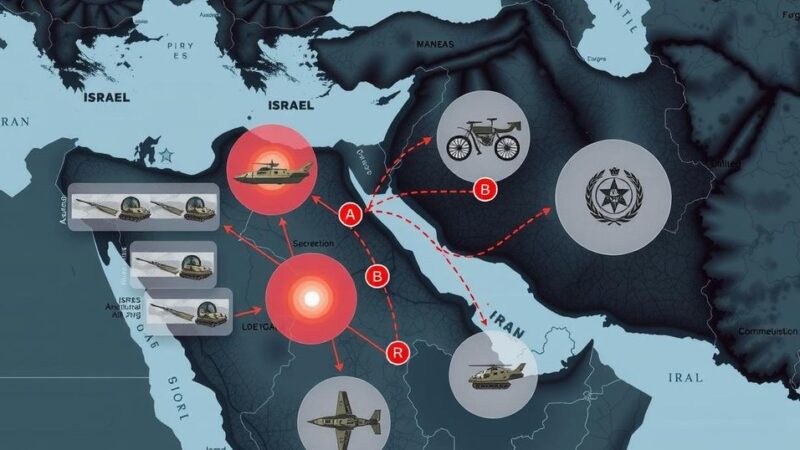On March 5, Peru declared a State of Emergency due to heavy rainfall affecting numerous provinces. Tumbes is the most severely impacted, with over 8,000 people affected, while other regions like Piura report substantial damage. Continuous assessments aim to address the evolving situation as rainfall intensifies along the northern coast since late February.
On March 5, the Supreme Decree No. 026-2025-PCM was issued, enacting a State of Emergency across several districts in multiple provinces of Peru, including Amazonas, Áncash, and Lima. This action was taken in response to damage from heavy rainfall, with the decree serving both preventive and reactive purposes. The region of Tumbes was notably affected, experiencing significant damage to both population and infrastructure.
The ongoing rainfall has resulted in increasing intensity and potential future impacts, particularly in Tumbes, where the extent of damage is alarming. Preliminary assessments from other areas, such as Piura, indicate varying levels of impact. For instance, as of February 27, heavy rains in Canchaque resulted in 606 affected individuals, 65 displaced persons, and significant damage to housing.
Additional reports of damage are emerging as authorities continue to assess the situation. While damages in other regions are still being evaluated, the severity in Tumbes is unparalleled, with over 8,000 individuals needing urgent humanitarian assistance. The intensifying precipitation on Peru’s northern coast, attributed to the weakening of the South Pacific Anticyclone since February 22, has exacerbated this crisis.
The issuance of the State of Emergency in Peru highlights the critical situation resulting from severe rainfall, particularly in Tumbes, where damage has affected thousands of individuals. As evaluations continue, it is evident that while some regions are experiencing lower impacts, the need for humanitarian assistance in the most affected areas remains urgent. Authorities are tasked with ongoing assessments to manage and mitigate the evolving crisis effectively.
Original Source: reliefweb.int






